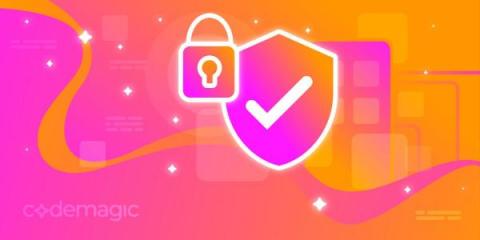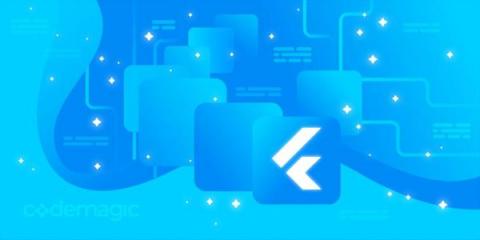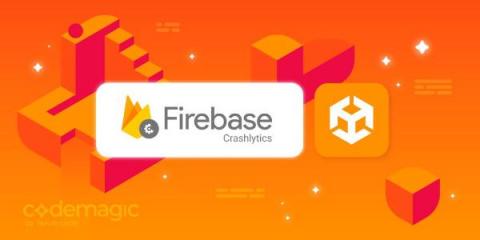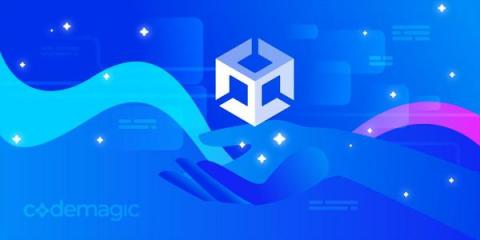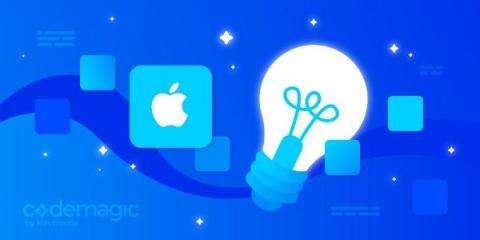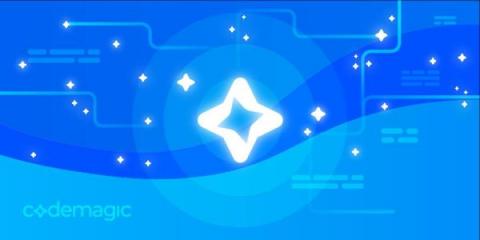Issues with Apple silicon and snapshot/golden testing
While the prospect of getting much faster build times with the Apple silicon (aka M1) processors seems very exciting, you may face issues that stem from the architectural differences between arm64 and x86. One of these issues is related to snapshot testing or golden testing on Flutter. You are not alone in this, as it’s a widespread issue in which snapshots generated on an Intel machine fail on Apple silicon machines — and vice versa.



